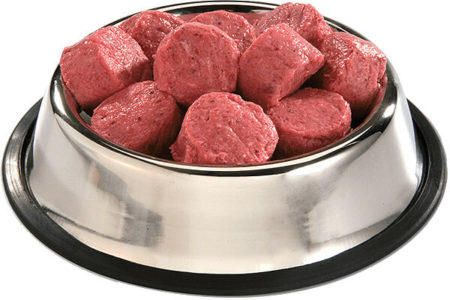Choosing the right puppy dog food is crucial for the growth and development of your young pet. With so many brands and formulas available, it can be overwhelming to decide what’s best.
This article gives a clear and fair look at puppy dog food. It covers nutritional needs, ingredient quality, and types of food. It also includes a balanced review of the pros and cons.
What to Look for in Puppy Dog Food
Before picking a brand, consider these essential factors:
- Nutritional Balance – Puppies require a diet rich in proteins, fats, vitamins, and minerals.
- AAFCO Approval – The food should meet standards set by the Association of American Feed Control Officials (AAFCO).
- Ingredient Quality – Look for real meat, whole grains, and healthy fats.
- No Harmful Additives – Avoid artificial colors, flavors, and preservatives.
Types of Puppy Dog Food
Puppy food comes in different forms, each with its own benefits and drawbacks.
1. Dry Kibble
- Convenient and cost-effective
- Helps clean teeth
- May contain fillers and preservatives
2. Wet Canned Food
- Higher moisture content
- More palatable for picky eaters
- Shorter shelf life once opened
3. Fresh or Raw Food
- Mimics a natural diet
- Higher nutrient retention
- Expensive and requires careful handling
4. Freeze-Dried or Dehydrated Food
- Long shelf life
- Preserves nutrients well
- Usually more expensive
Key Ingredients in Puppy Dog Food
High-Quality Proteins
Puppies need protein for muscle development. Look for real meat sources like chicken, beef, lamb, or fish.
Healthy Fats
Fat provides energy and supports brain development. Ingredients like fish oil, chicken fat, and flaxseed are great sources.
Complex Carbohydrates
While not essential, carbs like brown rice and sweet potatoes offer energy and fiber for digestion.
Vitamins and Minerals
Essential for bone development and immune health. Look for calcium, phosphorus, and DHA (for brain development).
Pros and Cons of Puppy Dog Food
Pros




Cons
✘ Some brands contain fillers and low-quality ingredients
✘ Premium-quality foods can be expensive
✘ Not all formulas meet the needs of every puppy
How to Transition to a New Puppy Dog Food
Switching foods abruptly can upset your puppy’s stomach. Follow this gradual transition plan over 7-10 days:
- Days 1-2: Mix 25% new food with 75% old food.
- Days 3-4: Increase to a 50/50 mix.
- Days 5-6: Use 75% new food, 25% old food.
- Day 7: Fully transition to the new food.
Monitor your puppy’s digestion and energy levels during the change.
Common Myths About Puppy Dog Food
Myth 1: All Puppy Foods Are the Same
Different brands have different ingredient qualities and nutritional values. Always read labels carefully.
Myth 2: Grain-Free is Always Better
Grain-free diets can be beneficial for some puppies, but they aren’t necessary for all. Some grains provide essential nutrients.
Myth 3: Puppies Can Eat Adult Dog Food
Puppies need more calories and nutrients than adult dogs. Feeding them adult dog food may lead to deficiencies.
Final Thoughts
Choosing the right puppy dog food is essential for your pet’s health and development. Whether you opt for kibble, wet, or raw food, always prioritize high-quality ingredients and proper nutrition. Consider your puppy’s breed, size, and specific needs when making a decision.
Would you like recommendations for the best puppy dog food brands? Let me know!







